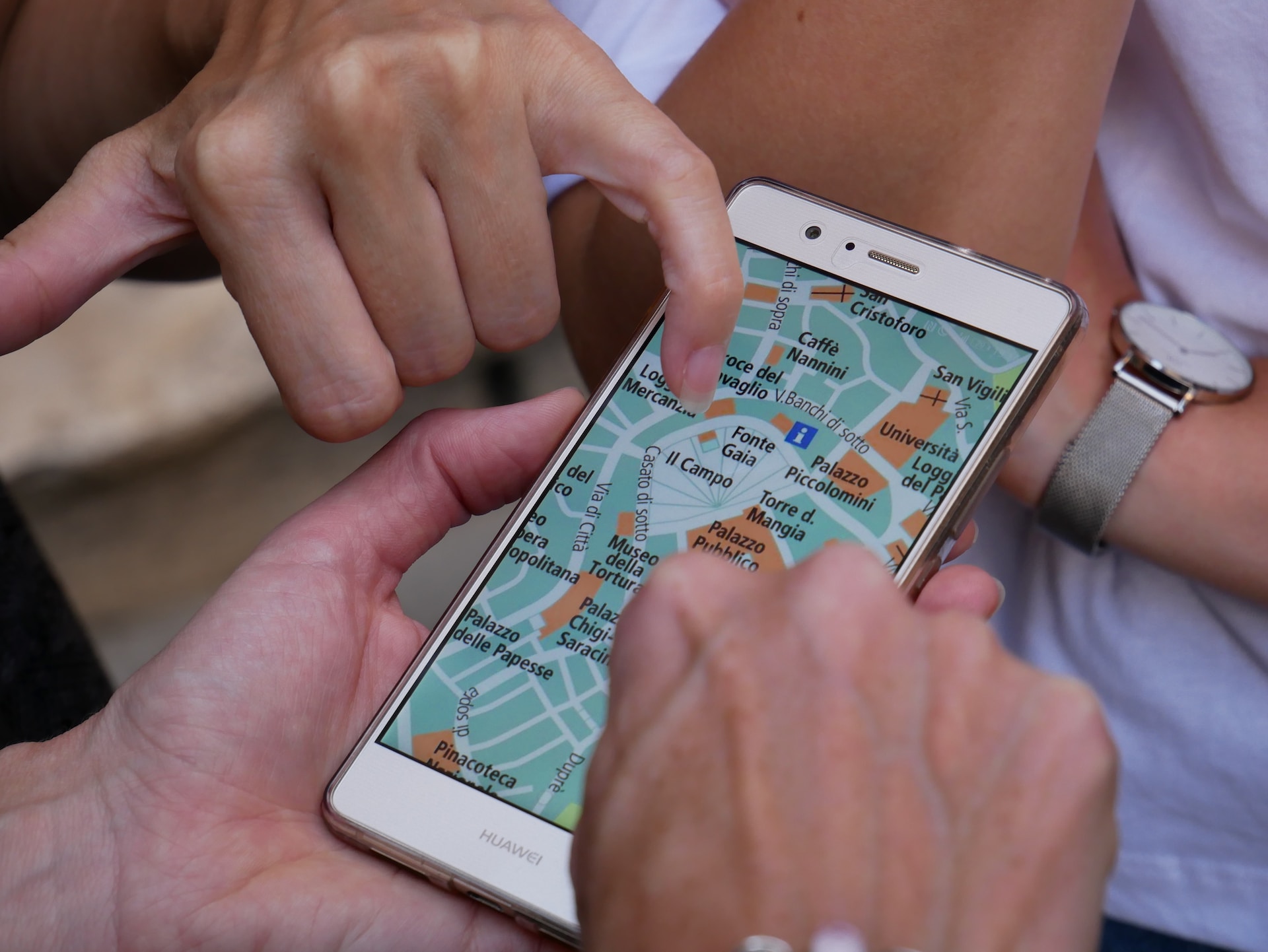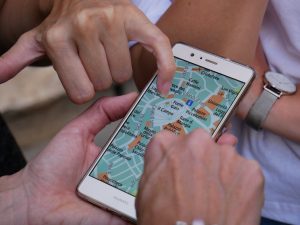- 9 August 2023
- 56
Guard Your Privacy: Key Tips for Concealing Photo Location

The Significance of Location Anonymity in Photo Sharing
The convenience of smartphones and digital cameras comes with a caveat: the potential to inadvertently disclose personal information. Geotagging, which records the geographic coordinates of where a photo was taken, allows anyone with access to the image to pinpoint its origin. This seemingly innocuous feature can expose your daily routines, favorite hangouts, and even your home address.
In a world where online privacy is paramount, safeguarding your photo locations becomes imperative. By not just sharing your photos but also the precise places you’ve been, you inadvertently hand out pieces of your private life to the virtual world.
Key Strategies to Conceal Photo Locations
Protecting your location privacy doesn’t mean sacrificing your desire to share moments. Several practical strategies can help you achieve “Location Anonymity.” First, consider disabling geotagging on your devices. This ensures that the location data isn’t embedded in the first place. If you wish to share a location-tagged photo, employ photo-editing software to remove or alter the geotagged information beforehand.
Another powerful tool in your privacy arsenal is the use of Virtual Private Networks (VPNs). VPNs route your internet connection through servers in different locations, effectively masking your true IP address and location. This added layer of security makes it harder for anyone to correlate your shared photos with your actual whereabouts.
Navigating Social Media Privacy Settings for Location Protection
The popularity of social media platforms as photo-sharing hubs underscores the importance of understanding their privacy settings. Take control of your shared photo locations by diving into these settings. Platforms like Instagram, Facebook, and Twitter allow you to choose who can access your location data. By customizing these settings, you ensure that your photo locations are only revealed to individuals you trust.
For instance, Instagram’s “Location Services” feature lets you decide whether to include location information in your posts. By exercising such controls, you maintain the upper hand in sharing your photos without compromising your location privacy.
The Role of Metadata: How to Strip and Modify Location Data
Metadata, the hidden information embedded within your photos, holds the key to your location anonymity. Metadata includes details like the camera type, settings, and crucially, location information. Removing or altering metadata is an effective method to prevent unintentional location disclosures.

Most photo-editing software provides options to edit or strip metadata from your photos. For a larger scale approach, specialized tools can help you batch-remove metadata from multiple images simultaneously. This ensures that when you share photos, you’re not also sharing the breadcrumbs that lead to your doorstep.
Conclusion
“Location Anonymity” is your shield against unwittingly broadcasting your photo locations to the world. While sharing photos is a wonderful way to connect and communicate, it shouldn’t come at the cost of your privacy. By implementing strategies like disabling geotagging, utilizing VPNs, mastering social media privacy settings, and managing metadata, you can share your cherished moments without compromising your location privacy. The beauty of the digital age lies in your ability to control what you share – and what you don’t.

